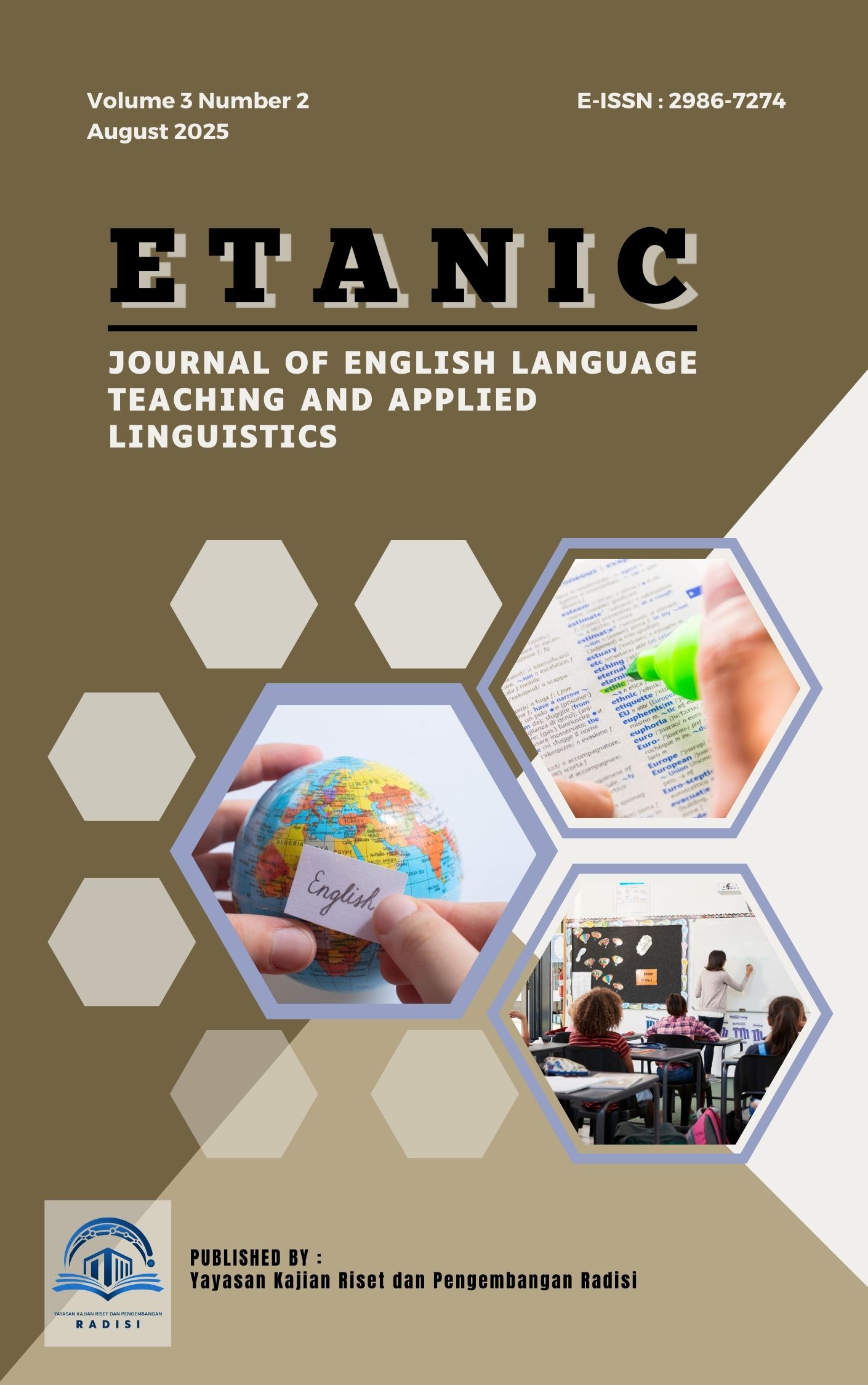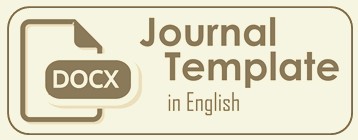An Analysis of Second Semester Students Afternoon Session Class of Stikom Tunas Bangsa by Critical Thinking Skill
DOI:
https://doi.org/10.55266/journaletanic.v3i2.561Keywords:
Critical Thinking, Second Semester Students, Afternoon Class, Higher Education, Facione FrameworkAbstract
Critical thinking is the ability to analyze information objectively and logically, forming reasoned judgements. It is one of very necessary skills to traine to second semester students of Stikom Tunas Bangsa in the afternoon session class. Research-based learning (RBL) presents as an alternative learning model that can develop the critical thinking skills. This study aims at describing the effect of the implementation to the research-based learning (RBL) to develop fourth semester students’ critical thinking skills. Qualitative approach was used in the classroon research. The participants in this study consisted of 106 students. Data were collected using observation and test. The results of the research indicate that the implementation research-based learning (RBL) can develop critical thinking skills. It is proved by the fact that the students were able to show their interpretation, analysis, evaluation, inference and explanation abilities. Meanwhile, aspect of self-regulation ability has not yet been able to be found. This research were used to make more sure previous research that implementation of the RBL can improve the quality learning process and make positive changes for the students in the intellectual and emotional. This research provides a different learning experience which can develop critical thinking skill.
References
Brookfield, S.D. (2012). Teaching for critical thinking: Tools and techniques to help students question their assumptions. Jossey-Bass
Facione. P.A. (1990). Critical thinking: A statement of expert consensus for purposes of educational assessment and instruction (The Delphi Report). American Philosophical Association.
Facione, P.A (2015). Critical thinking: What it is and why it counts (2015 update). Insight assessment, Retrieved from https://www.insightassessment.com
Paul, R., & Elder, L. (2014). The miniature guide to critical thinking : Concepts and tools (7th ed). Foundation for Critical Thinking.
Suwandi, S. (2016). The implementation of critical thinking in the Indonesian curriculum; Challenges and opportunities. Indonesian Journal of Curriculum and Educational Technology Studies, Ú(1), 24-33.
Halpern, D.F. (2014). Thought and knowledge: An introduction to critical thinking (5th ed).Psychology Press.
Ennis, R.H. (2011. The nature of critical thinking dispositions and abilities. University of Illinois. Retrieved from https://faculty.educationalillinois.edu/rhennis
Downloads
Published
How to Cite
Issue
Section
License
Copyright (c) 2025 Susiani, Fitri Rizki, Rizky Khairunnisa Sormin

This work is licensed under a Creative Commons Attribution-ShareAlike 4.0 International License.





